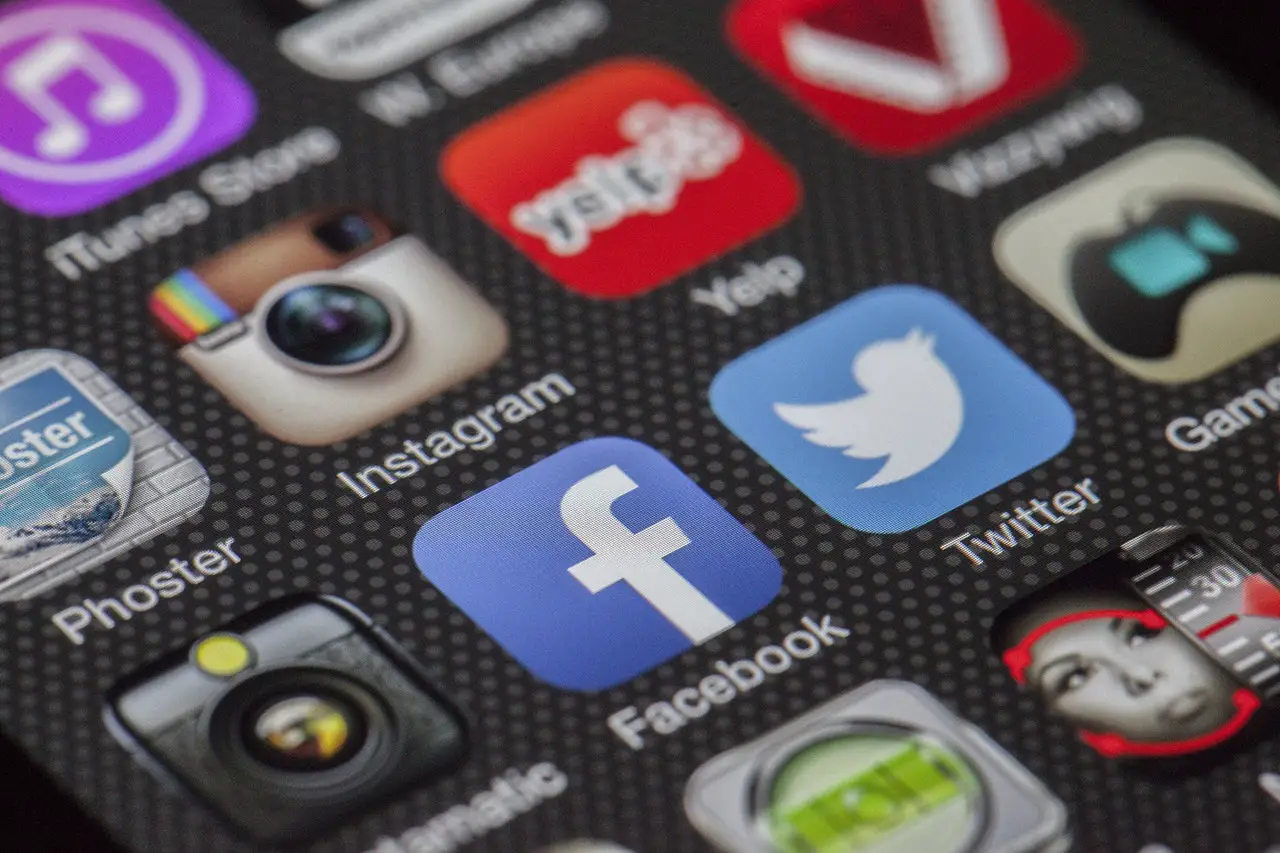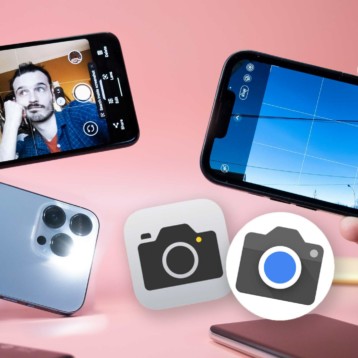
Every app developer knows that acquiring a user is expensive. What both first-time and veteran developers often don’t realize is just how expensive it really is. Simply getting a user to download the app requires an investment that might match or exceed the download price. And getting them to engage with the app costs multiples more. If there is any doubt that it costs money to make money with an app, just consider these average figures:
- $4.12 to install an app
- $8.21 to create an account
- $64.96 to make a purchase
- $76.40 to make an in-app purchase
- $162.22 to acquire a subscription
By the end of 2017 US marketers spent an estimated $7.57 billion on install ad advertising alone. That figure was up 29 percent from the year before. Acquisition costs are a massive and unruly expense; and they directly threaten the success of any app.
For this reason, some marketers might flirt with the idea of going after the cheapest acquisitions. This is something we call the per-user marketing model. Why? Because it focused less on the lifetime value of a user and instead concentrates on the acquisition costs per user. In other words, these marketers are less interested in the big picture than short-term expenses.
Thankfully, this isn’t the only strategy. Yes, marketers are forced to spend ever-increasing amounts to stand out in a market that is more diluted than ever. But rather than throwing money at a losing problem, they are increasingly examining alternatives to the per-user model.
Maximizing the lifetime value of a user ensures that acquiring users is an investment rather than just a cost. By targeting the right users and keeping them engaged, apps spend less to acquire users and get more value from them over months and years. As you begin to look past the shortsighted per-user model, consider how to keep the users you already have:
Streamline the Interface
Users return to the apps that provide real value. In the app ecosystem that means interfaces that make things direct and easy. Eliminating confusion and roadblocks ensures that users don’t encounter frustration and seek out the competition. It also expedites how users work through the sales funnel, connecting them with conversions more quickly.
Improve the Onboarding Process
It’s expensive to get users to create an account and make their first purchase. That cost only goes up when the onboarding process is overwhelming or ineffective. Users should get the essential information and then get to use the app immediately. That way users experience what makes it valuable rather than slog through a tutorial.
Use Push Notifications Strategically
Sending the right push notification to the right user at the right time is a powerful way to keep that user engaged. But just the opposite is true, which is why marketers must be very careful about how they notify. Relying on programmatic mobile app promotion bases notifications on dynamic variables rather than static settings. As a result, push notifications have something valuable to offer the targeted users who receive them.
Revise Your Acquisition Strategy
Focusing on retaining users doesn’t mean you should forego trying to acquire them. But your ongoing acquisition effort should be revised to reflect what you learn about users. If you are spending less on an acquisition, that investment must go where it has the maximum impact. Studying the demographics and usage patterns of existing users makes it easier to reach the new users with the most lifetime potential.
Reflect the User
Apps that deliver long-term value receive regular updates, fixes, and additions. In all things, work to give users the experience they want. That does not mean it has to become a design by committee. But letting users take the lead tracks organically to a community of users who are active and evangelistic.
You might spend more than a hundred dollars to acquire a certain type of user. But if that user delivers hundreds of dollars in revenue, it’s been a wise investment. A per-user app marketing model focuses on users when they are most expensive. A user engagement marketing model focuses on those same users when they are most valuable.








